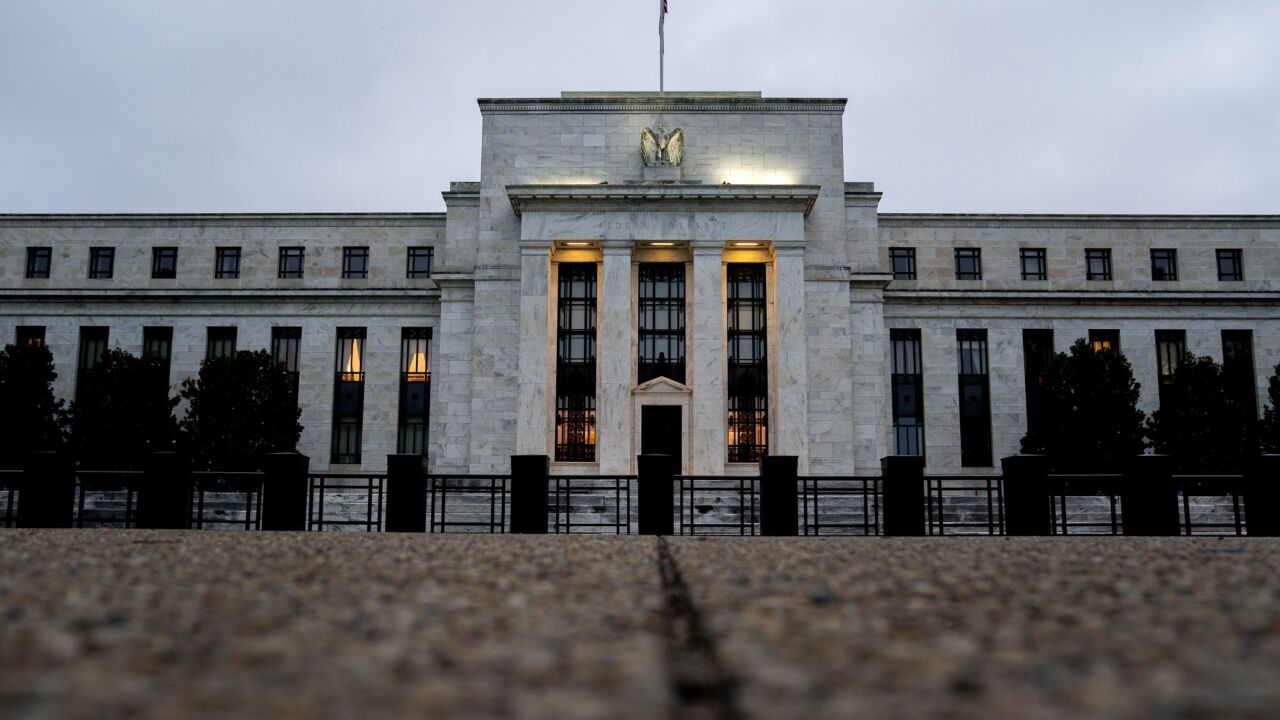Unused office space could flood the U.S. market this year as leases expire and more companies permanently shift to remote or hybrid work. The evolving landscape could leave landlords in a bind — and their bankers holding souring loans.
Even as many major companies announce plans to
As lease agreements expire, more businesses are expected to scale back on office space, given that more of their staffers are working from home amid the pandemic. Other tenants may demand lower rents, according to the data analytics firm Trepp. This could leave landlords with rising vacancies and tumbling revenue, making them ill-equipped to make loan payments.
What’s more, soaring inflation is affecting labor and travel costs, giving companies added motivation to trim real estate costs where they can. The federal
As businesses globally “wrestle with differing hybrid, in-person, and fully remote expectations from employees, some are choosing to offload their excess office spaces and either downsize or do away with their in-person spaces for good,” said Julianne Cavaliere, an analyst with Trepp.
Office sector delinquency rates held below 3% over the past year, in line with historic norms, she said. But that figure could start to rise “if a large influx of tenants choose to vacate their office spaces in the coming months,” Cavaliere said.
Nobody knows for sure just how many companies will unload workspace, but banks holding loans tied to office buildings may get pressed to explain how they stress test their portfolios for worst-case scenarios.
“It changes the profile of the sector,” Christopher Maher, chairman and CEO of OceanFirst Financial in Red Bank, New Jersey, said in an interview. “I think it may be three to five years before things settle down.”
There are office projects worthy of financing across the $11.7 billion-asset bank’s footprint, which spans New York, New Jersey, Philadelphia, Boston and Baltimore, Maher said. But there are also vacant office properties that pepper the landscape and present vulnerabilities.
OceanFirst and other banks have ramped up underwriting standards and now require larger down payments, Maher said. “You have to be extra careful and extra thoughtful,” he said.
Already, the U.S. vacancy rate across the office sector increased to an average of 12.3% in the first quarter of 2022, according to the
“If you live in a major city, there is a 60% chance you are still working from home,” bank analysts at Stephens said in a report ahead of earnings. Of those returning to the office, many choose a hybrid model, “reinforcing concerns that there will be less demand for office space in the future.”
The U.S. office market accounts for $3.2 trillion of the $16 trillion commercial real estate market, adding up to nearly 4 billion square feet, according to the Stephens analysts. The firm found that 50% of banks it covers disclose office CRE loans and, on average, this portfolio makes up 5.6% of these banks’ total loans.
Notably, the current office property challenges are hardly evolving in a vacuum.
While the U.S. economy is expected to expand this year, inflation and the Russia-Ukraine war
Other risks include continued supply-chain logjams and widespread new coronavirus outbreaks, said Rita Sahu, vice president at Moody's.
Maher agreed. He expects strong U.S. economic growth this year, given pent-up demand from the pandemic. But further out, he said, the likelihood of a recession and credit challenges “is pretty strong."








